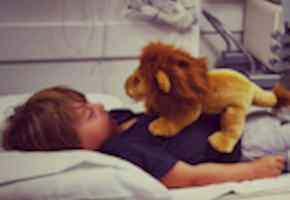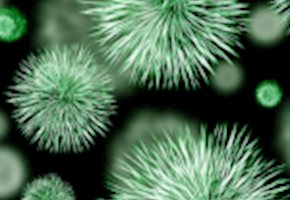 Your baby’s teeth are at risk for decay as soon as they appear. Tooth decay in infants and toddlers is very common in the United States and is referred to as Baby Bottle Tooth Decay.
Your baby’s teeth are at risk for decay as soon as they appear. Tooth decay in infants and toddlers is very common in the United States and is referred to as Baby Bottle Tooth Decay.
Most of the time this happens because children are frequently given liquids with sugar, soda, juice, milk, formula, drink mixes, etc.
Tooth decay can occur when the baby is put to bed with a bottle, or when a bottle is used as a pacifier for a fussy baby. The sugary liquids pool around the teeth while the child sleeps. Bacteria in the mouth use these sugars as food. They then produce acids that attack the teeth. Each time your child drinks these liquids, acids attack for 20 minutes or longer. After multiple attacks, the teeth can decay.
According to the American Dental Association, the good news is that tooth decay is almost completely preventable.
- Don’t share saliva with the baby through common use of feeding spoons or licking pacifiers and giving them to babies.
- After each feeding, wipe the baby’s gums with a clean, damp gauze pad or washcloth. This will remove plaque and bits of food that can harm erupting teeth. When your child’s teeth begin to erupt, brush them gently with a child’s size toothbrush and water. (Consult with your child’s dentist or physician if you are considering using fluoride toothpaste before age two.)
- When your child can be counted on to spit and not swallow toothpaste (usually not before age two), begin brushing the teeth with a pea-sized amount of toothpaste. The American Dental Association recommends fluoride toothpaste; ask your dentist about your child’s fluoride needs.
- Brush your child’s teeth until he or she is at least six years old.
- Place only formula, milk or breastmilk in bottles. Avoid filling the bottle with liquids such as sugar water, juice or soft drinks.
- Infants should finish their bedtime and naptime bottles before going to bed.
- If your child uses a pacifier, provide one that is clean — don’t dip it in sugar or honey, or put it in your mouth before giving it to the child.
- Encourage children to drink from a cup by their first birthday and discourage frequent or prolonged use of a training (sippy) cup.
- Encourage healthy eating habits that include a diet with plenty of vegetables, fruit and whole grains. Serve nutritious snacks and limit sweets to mealtimes.
Ensure that your child has adequate exposure to fluoride. Discuss your child’s fluoride needs with your dentist or pediatrician.
Information from this article taken from the American Dental Association website. http://www.ada.org/3034.aspx#top
Nutrition Tips for the Whole Family
Written by Tiffany Glenn, M.S., R.D.,L.D. Registered Dietitian
Good health is important from the inside out. Learn more about how Tiffany nourishes her body from the outside by checking out her website at www.tiffanyglenn.com Tiffany lives in Lorena with her husband Tim, son age 17 and daughters’ ages 11 and 15.





Add A Comment
Thank you for your comment.
Sorry! There was a problem with your comment submission. Please try again.
Comment
Allowed HTML: <b>, <i>, <u>, <a>
Comments
Thank you for your comment.
Sorry! There was a problem with your comment submission. Please try again.
Thank you for your comment.
Sorry! There was a problem with your comment submission. Please try again.